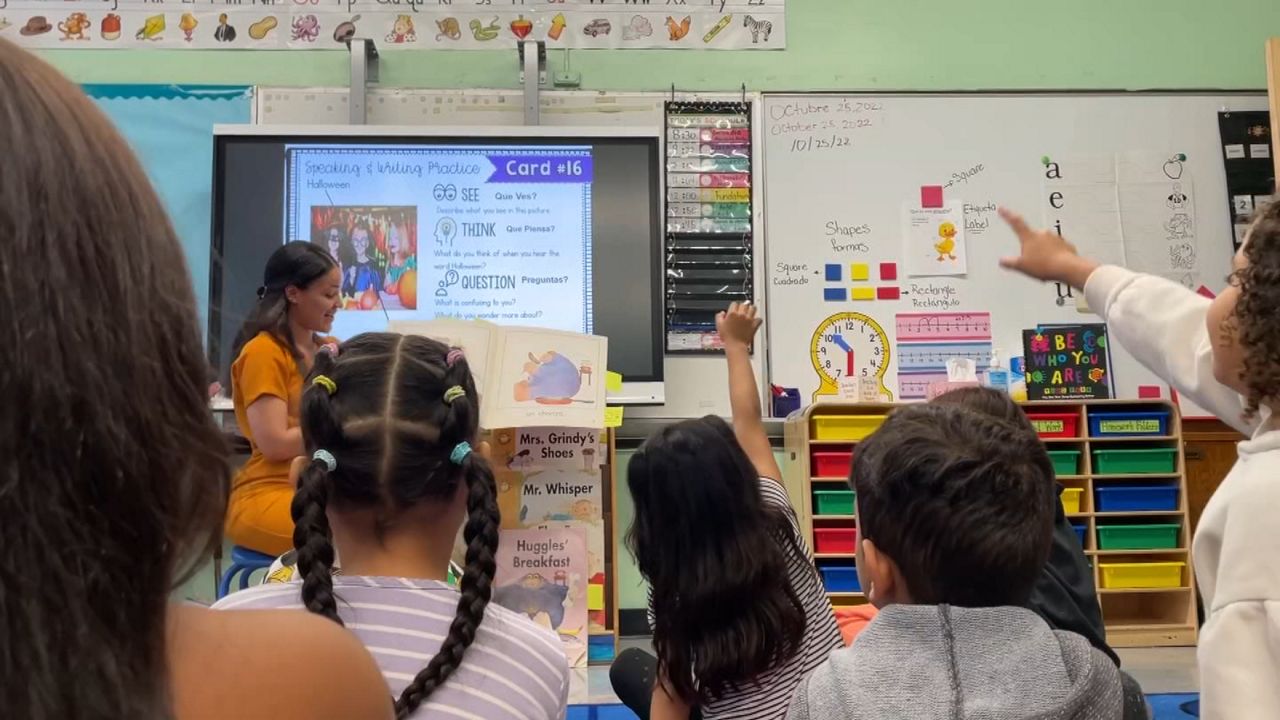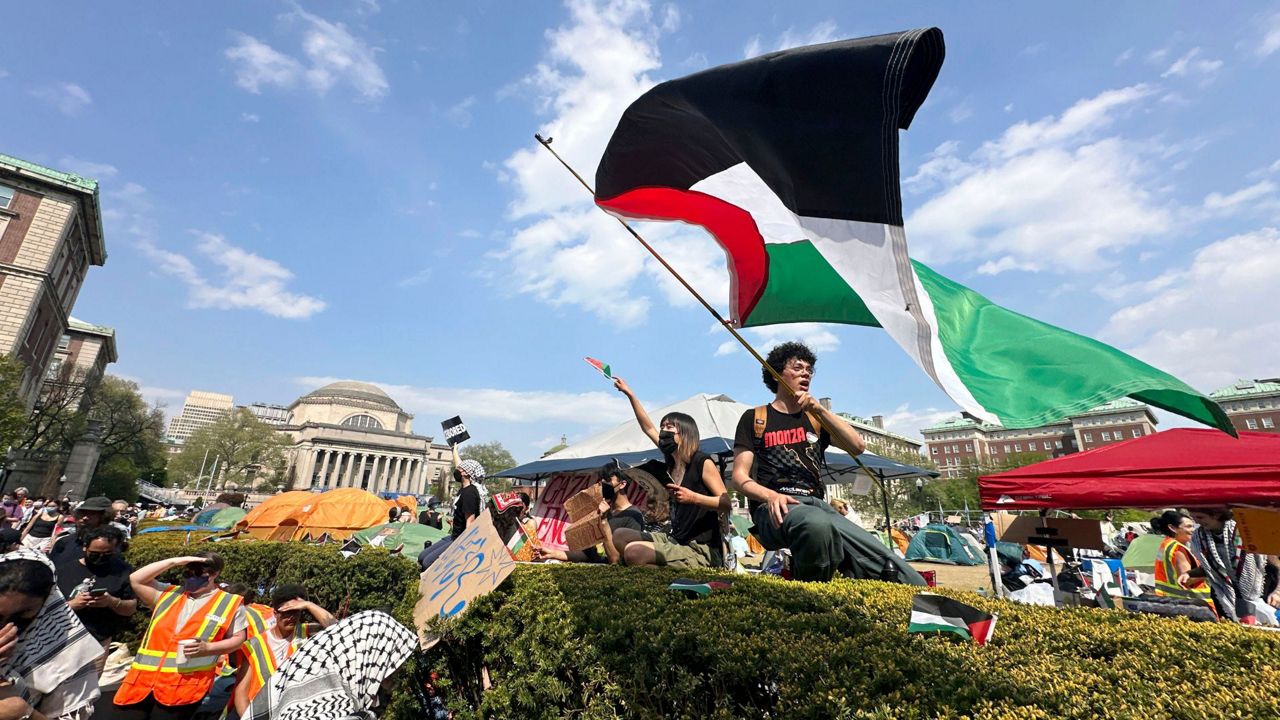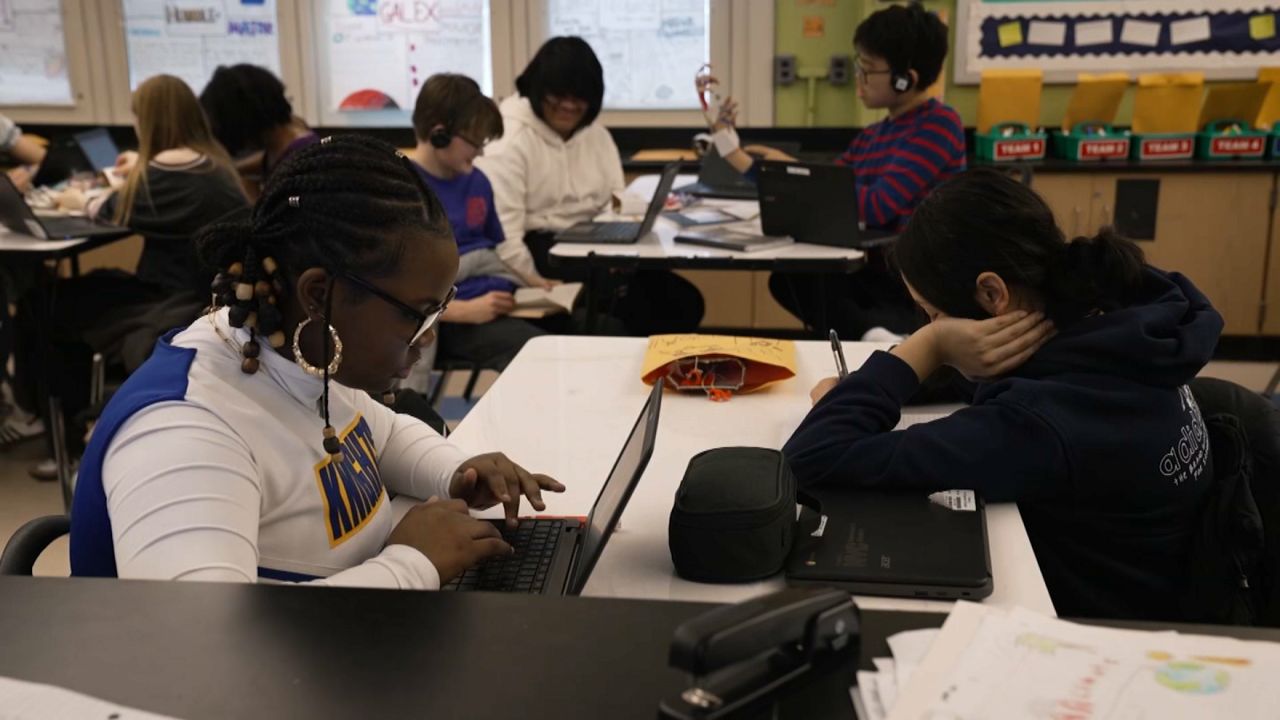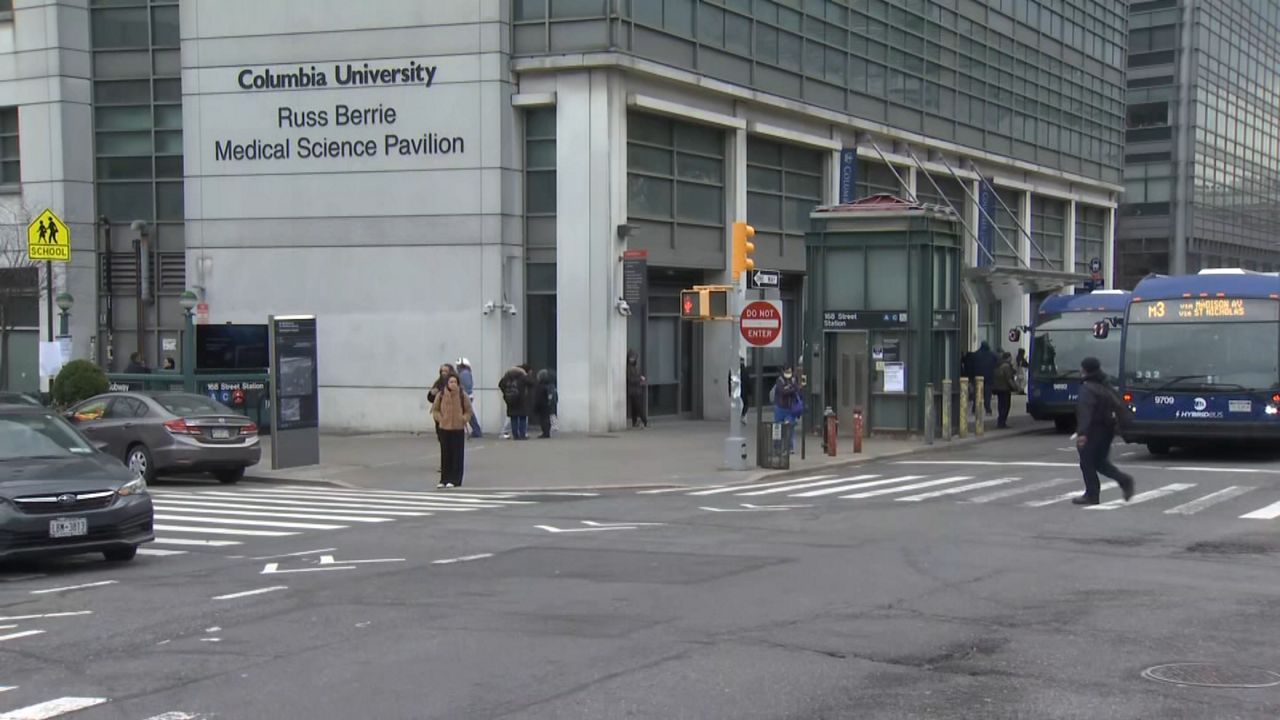The Holocaust exhibit at the Jewish Heritage Museum begins with photos of Jewish families enjoying their lives. Then, a stark reminder written on the wall: Many of these Jews were murdered by April 1943.
“I’m the daughter of a Holocaust survivor. And I can say firsthand, you can’t learn about the Holocaust simply from reading in a textbook,” Councilwoman Julie Menin said. “You need to hear and see the stories of survivors. You need to see the horrors and atrocities of the concentration camps, which you see in this exhibition room after room after room.”
Eighty-five thousand eighth grade public school students, over three years, will now get that opportunity because of a $2.5 million effort funded in part by the Gray Foundation, run by Blackstone president Jonathan Gray and his wife Mindy.
“It is impossible to be here and not feel the horrors of what happened. The lessons of this center are even more vital today. Because it reminds us where hate can lead,” Jonathan Gray said.
The investment comes at a time of rising antisemitism in the city and in schools, as communities grapple with the conflict between Israel and Hamas. Schools Chancellor David Banks says the partnership is one of the ways the city is working to combat hate and help students understand history.
“This exhibit here is amazing. What you are doing — we are going to ensure that eighth graders from all across the city are going to come here and even beyond eighth graders, we want thousands and hundreds of thousands of kids coming here. You had that as a pledge from me,” Banks said.
Ernie Brod, a Holocaust survivor, told NY1 he’s thrilled more students will be able to learn from the museum, and from his own experiences.
“It’s also important for the history to live out of the mouths of the people who lived the history. And for students to see that we were real people who underwent real experiences and suffered and survived those of us who are lucky enough to,” Brod said. “So I’m looking forward to meeting as many of those kids as possible.”









